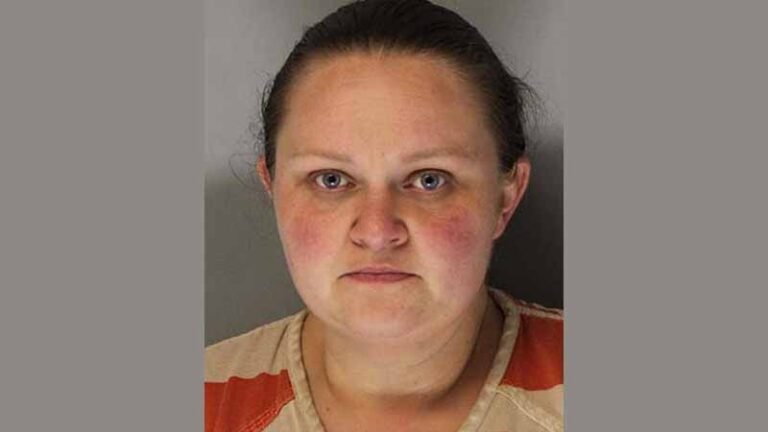According to Reported by ABC News, With the rise of AI programs like ChatGPT that can hold conversations, write stories, and generate songs and images in seconds, many workers are pondering the question: How good would an algorithm have to be to take over my job?
For doctors, especially radiologists who review scans for cancer and other diseases, AI has been a looming presence for about a decade. These algorithms promise to improve accuracy, speed up work, and potentially take over significant portions of the job. Predictions vary from scenarios where AI completely replaces radiologists to more optimistic views where AI allows doctors to focus on the most rewarding aspects of their work.
This reflects the broader tension of AI integration in healthcare. Beyond the technology itself, much depends on whether doctors are willing to trust these increasingly sophisticated algorithms with their patients’ health, despite many not fully understanding how these algorithms work.
Even within the radiology field, opinions differ on how much AI should be embraced.
“Some of the AI techniques are so good, frankly, I think we should be doing them now,” said Dr. Ronald Summers, a radiologist and AI researcher at the National Institutes of Health. Summers’ lab has developed imaging programs that detect colon cancer, osteoporosis, diabetes, and other conditions. However, these programs have not been widely adopted, which Summers attributes to the “culture of medicine.”
Radiologists have used computers to enhance images and flag suspicious areas since the 1990s, but the latest AI programs can interpret scans, offer diagnoses, and even draft reports. These algorithms are trained on millions of X-rays and other images from hospitals and clinics. Reported by Newsday
Across medicine, the FDA has approved over 700 AI algorithms to assist physicians, with more than 75% in radiology. However, according to recent estimates from AP News, only 2% of radiology practices use such technology.
Radiologists remain skeptical of AI due to limited real-world testing, lack of transparency about the algorithms, and questions about the demographics of patients used to train them.
“If we don’t know on what cases the AI was tested, or whether those cases are similar to the kinds of patients we see in our practice, there’s just a question in everyone’s mind as to whether these are going to work for us,” said Dr. Curtis Langlotz, a radiologist who runs an AI research center at Stanford University.
Currently, all FDA-cleared AI programs require human oversight. In early 2020, the FDA held a workshop to discuss autonomous algorithms, but radiology professionals warned that it was premature to approve such systems. However, European regulators in 2022 approved the first fully automatic software that reviews and writes reports for normal chest X-rays, and the company behind the app, Oxipit, is now seeking FDA approval.
The need for such technology is urgent in Europe, where some hospitals face months-long backlogs due to a shortage of radiologists. In the U.S., automated screening is likely years away, not because the technology isn’t ready, but because radiologists are not yet comfortable delegating even routine tasks to algorithms.
“We try to tell them they’re overtreating people and they’re wasting a ton of time and resources,” said Chad McClennan, CEO of Koios Medical, which sells an AI tool for thyroid ultrasounds. “We tell them, ‘Let the machine look at it, you sign the report and be done with it.'”
Radiologists tend to overestimate their own accuracy, McClennan says. His company’s research found that physicians viewing the same breast scans disagreed with each other over 30% of the time and disagreed with their initial assessments 20% of the time when viewing the same images a month later. About 20% of breast cancers are missed during routine mammograms, according to the National Cancer Institute.
AI could also offer significant cost savings. On average, U.S. radiologists earn over $350,000 annually, according to the Department of Labor.
In the near term, experts say AI will function like autopilot systems on planes—performing important tasks but always under human supervision. This approach reassures both radiologists and patients, says Dr. Laurie Margolies of the Mount Sinai Hospital system in New York. The system uses Koios breast imaging AI to get a second opinion on mammography ultrasounds.
“I will tell patients, ‘I looked at it, and the computer looked at it, and we both agree,'” Margolies said. “Hearing me say that we both agree, I think that gives the patient an even greater level of confidence.”
Early trials testing AI-assisted radiologists against those working alone show potential improvements. A Swedish study of 80,000 women found that a single radiologist working with AI detected 20% more cancers among mammograms than two radiologists working without the technology. In Europe, mammograms are reviewed by two radiologists for accuracy, but AI reduced the human workload by 44%.
However, the study’s lead author insists that a radiologist must make the final diagnosis. If an automated algorithm misses cancer, “that’s going to be very negative for trust in the caregiver,” said Dr. Kristina Lang of Lund University.
Legal issues, such as liability for missed diagnoses, remain unresolved. As a result, radiologists are likely to continue double-checking AI determinations, which could negate many benefits like reduced workload and burnout.
Only a highly accurate and reliable algorithm would allow radiologists to fully trust the technology, says Dr. Saurabh Jha of the University of Pennsylvania. Until such systems emerge, Jha likens AI-assisted radiology to a backseat driver constantly pointing out everything on the road without taking the wheel.
“That’s not helpful,” Jha says. “If you want to help me drive, then take over the driving so that I can sit back and relax.”



